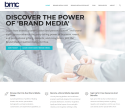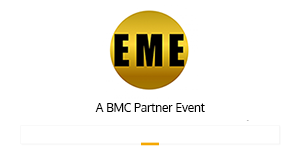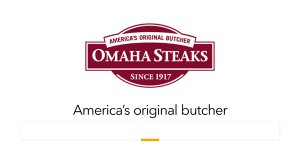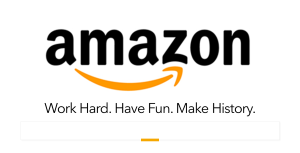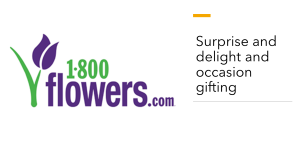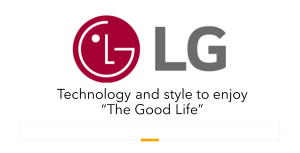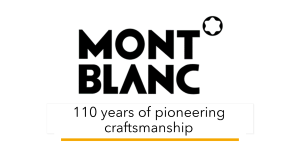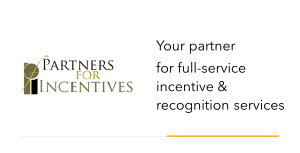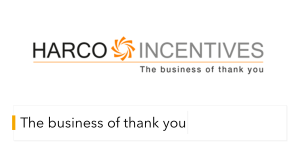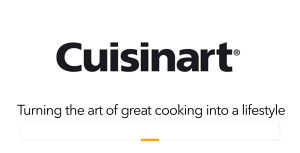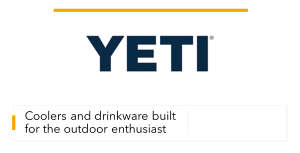Incentive Travel Index: More Emphasis on Free Time, ROI
.png) Here’s a summary of some of the findings of the most recent Incentive Travel Index, created for the Incentive Research Foundation and SITE (Society for Incentive Travel Innovation) by Oxford Economics, Oxford, UK.
Here’s a summary of some of the findings of the most recent Incentive Travel Index, created for the Incentive Research Foundation and SITE (Society for Incentive Travel Innovation) by Oxford Economics, Oxford, UK.Click here for links to RRN Preferred Solution Providers. Click here to subscribe to the RRN weekly e-newsletter. Click here for an RRN media kit.
Worldwide incentive travel usage will continue to grow above the pace of inflation; pace of cost increases has declined but high costs remain an issue. The desire for free time on incentive trips shot up as an attendee preference in the recently published Incentive Travel Index. The report also signals increased focus by senior management both on financial return on investment and promoting creative cultural cohesiveness.
.png) These are just a few of the insights from this worldwide survey of incentive houses, destination management and marketing firms, suppliers, and end-users. Here are some highlights.
These are just a few of the insights from this worldwide survey of incentive houses, destination management and marketing firms, suppliers, and end-users. Here are some highlights. - Incentive travel costs generally break down into the following categories: Hotel, 27%; airfare 21%; food and beverage, 18%; Activities, 13%, third-party agency fees, 6%; 7% ground transportation; gifting, 4%, other 4% other.
- Changing program qualifications: 47% see more emphasis on individual rewards; 45% on qualifications; 37% on more company-wide efforts, 31% on convening a dispersed workforce.
- The strategic importance of incentive travel is being bolstered by key workplace trends. Retaining talented employees (81%) and competitive advantages in hiring (62%) are cited often as increasing in importance, as well as more recent trends such as appealing to new generations of qualifiers and leaders (70%) and a more dispersed workforce (54%).
-
Senior management views on incentive travel: 55% essential; 49%
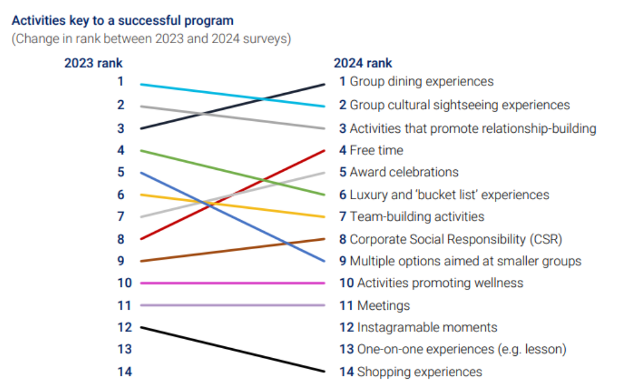 need to have; 33% nice to have; 17% necessary evil; desire to trim, 17%. Of the respondents, 43% seek more company culture and engagement benefits.
need to have; 33% nice to have; 17% necessary evil; desire to trim, 17%. Of the respondents, 43% seek more company culture and engagement benefits. - 63% say AI is already being used or will soon be used for preparing program materials (62%); and planning, forecasting, and budgeting, communications with participants, 45%.
- Across regions, buyers expect to increase incentive travel to destinations that are within closer proximity, while considering destinations not used before; 18% believe that sustainability pressures will generate more demand for closer-to-home destinations in the long term.
- 41% agree that incentive travel design is lagging in an era of generational change; 40% say destination expertise is the most useful support from destination marketing associations (DMOs).
- The average incentive program costs $4,900 worldwide, versus $5,400 in the US.
- Biggest spenders are: Technology, $5,200; finance and insurance, $5,000; automotive, $5,000; manufacturing, $4,700; pharmaceuticals and health care, $4,600; direct sellers, $4,200.
- 53% seek more benefits in company culture, engagement and relations; 47% are looking for financial ROI, 32% knowledge management benefits.
Enterprise Engagement Alliance Services
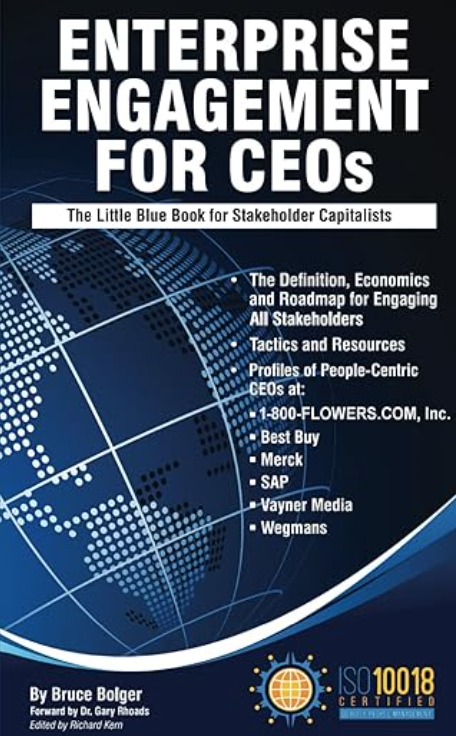
Celebrating our 15th year, the Enterprise Engagement Alliance helps organizations enhance performance through:
1. Information and marketing opportunities on stakeholder management and total rewards:
ESM Weekly on stakeholder management since 2009.
RRN Weekly on total rewards since 1996.
EEA YouTube channel on enterprise engagement, human capital, and total rewards since 2020.
2. Learning: Purpose Leadership and Stakeholder Management Academy to enhance future equity value for your
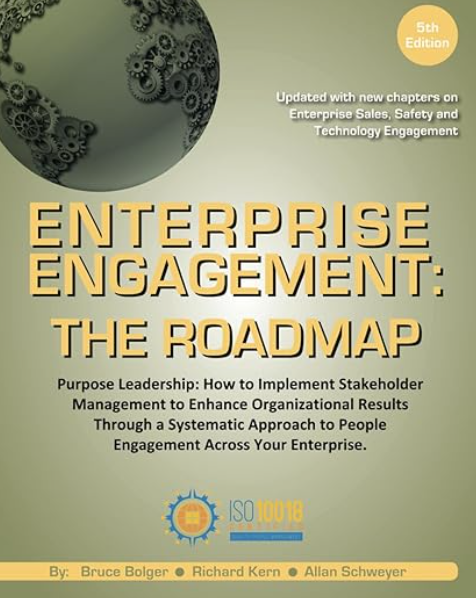 organization.
organization.3. Books on implementation: Enterprise Engagement for CEOs and Enterprise Engagement: The Roadmap.
4. Advisory services and research: Strategic guidance, learning and certification on stakeholder management, measurement, metrics, and corporate sustainability reporting.
5. Permission-based targeted business development to identify and build relationships with the people most likely to buy.
Contact: Bruce Bolger at TheICEE.org; 914-591-7600, ext. 230.



